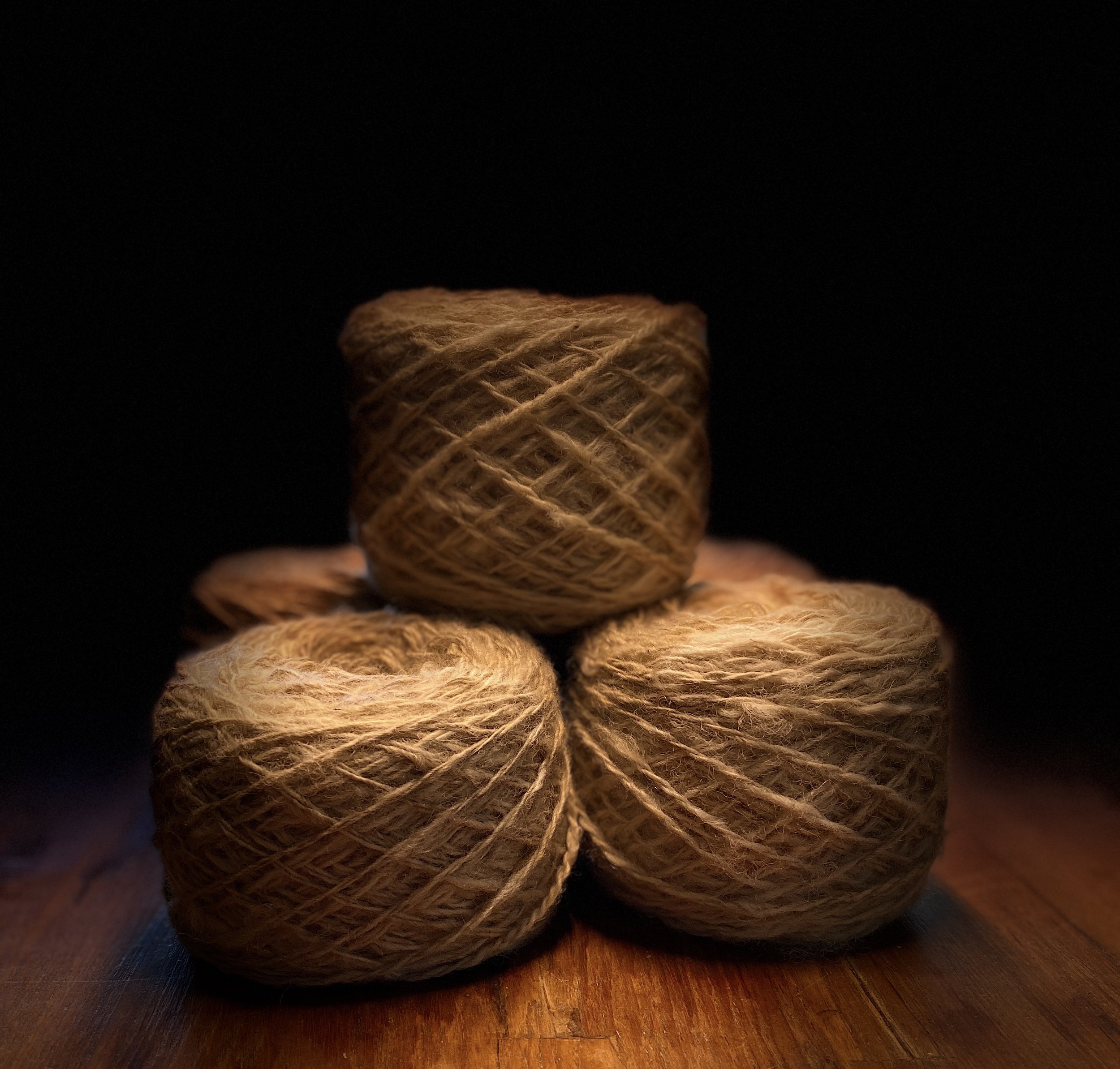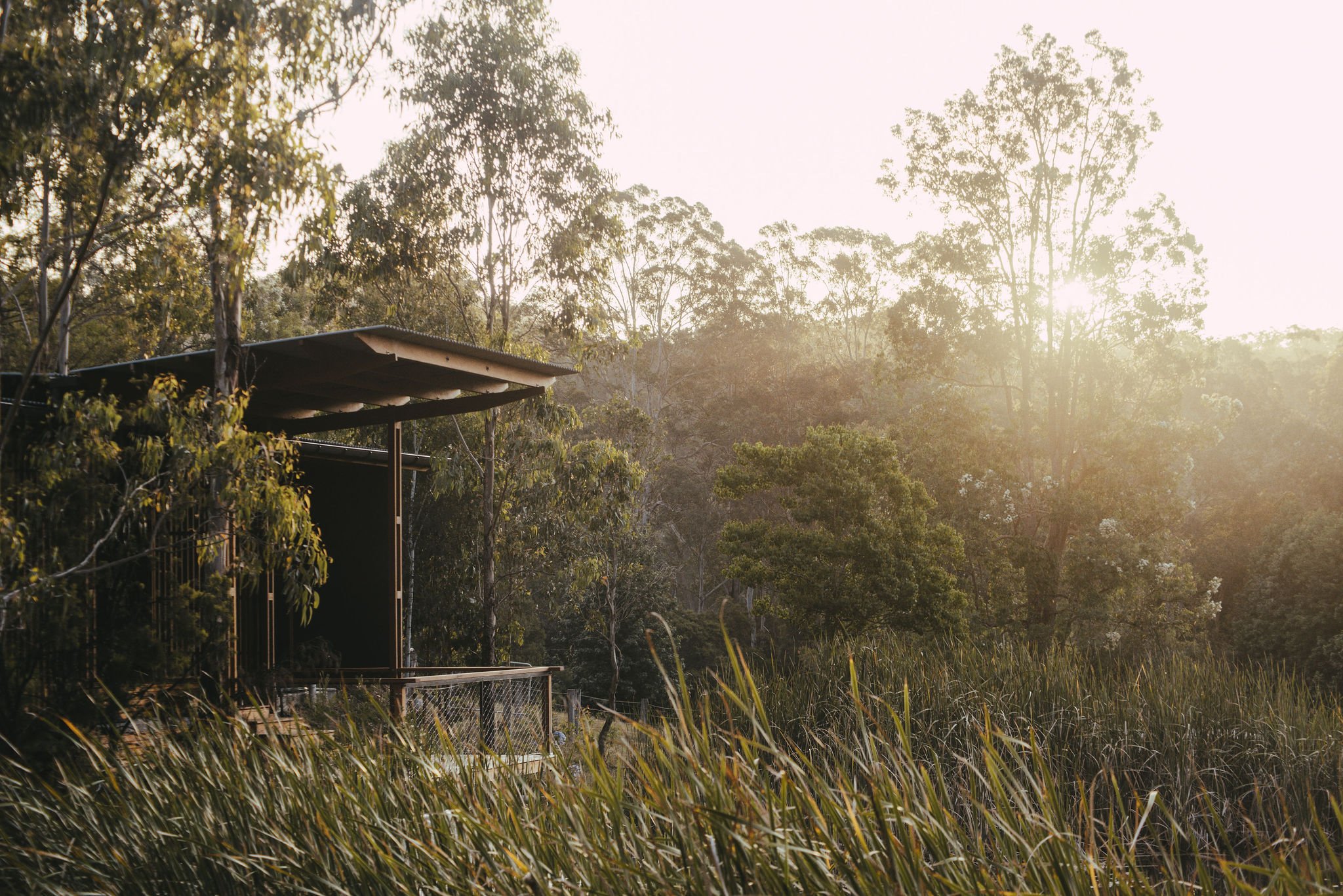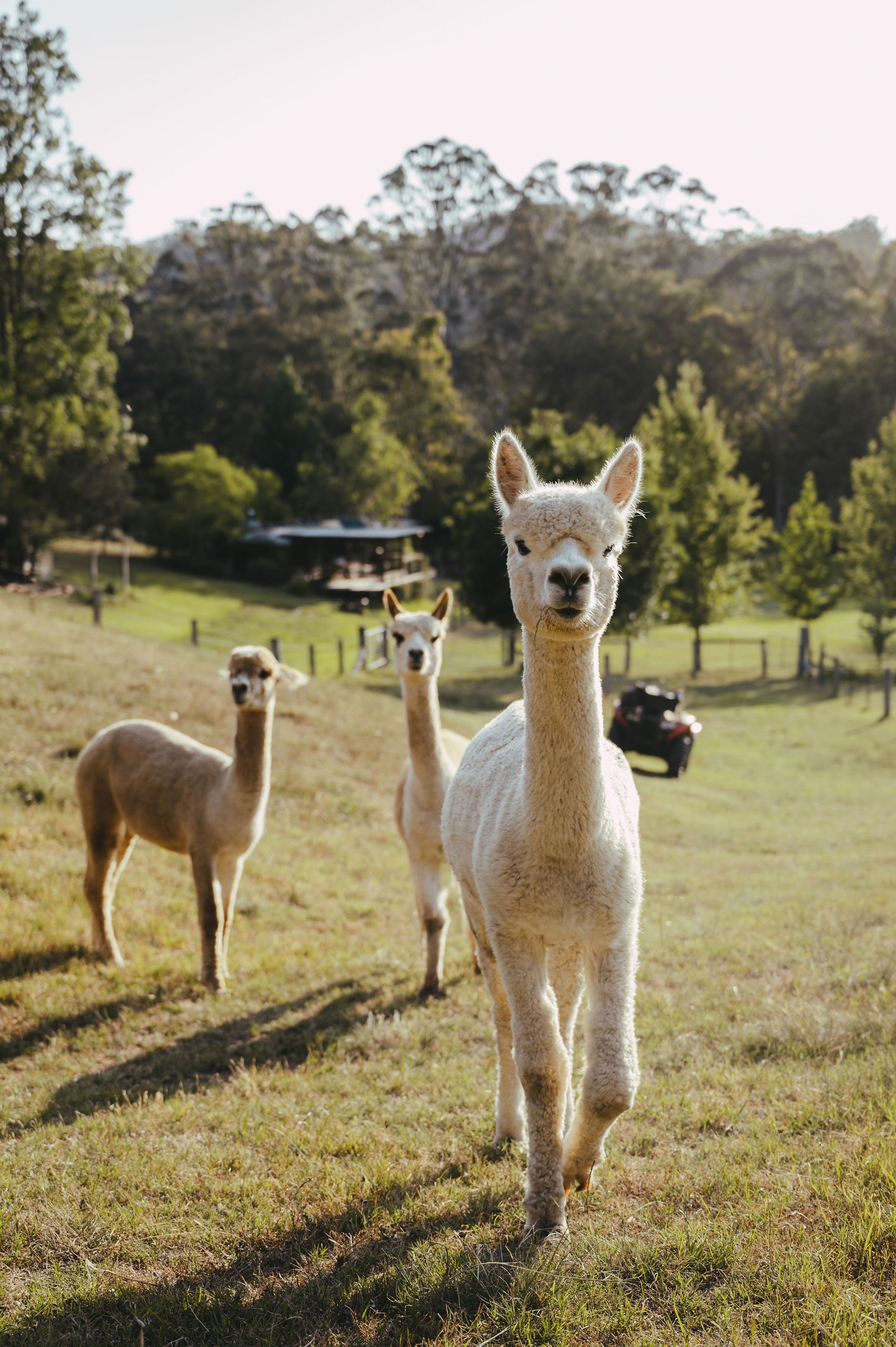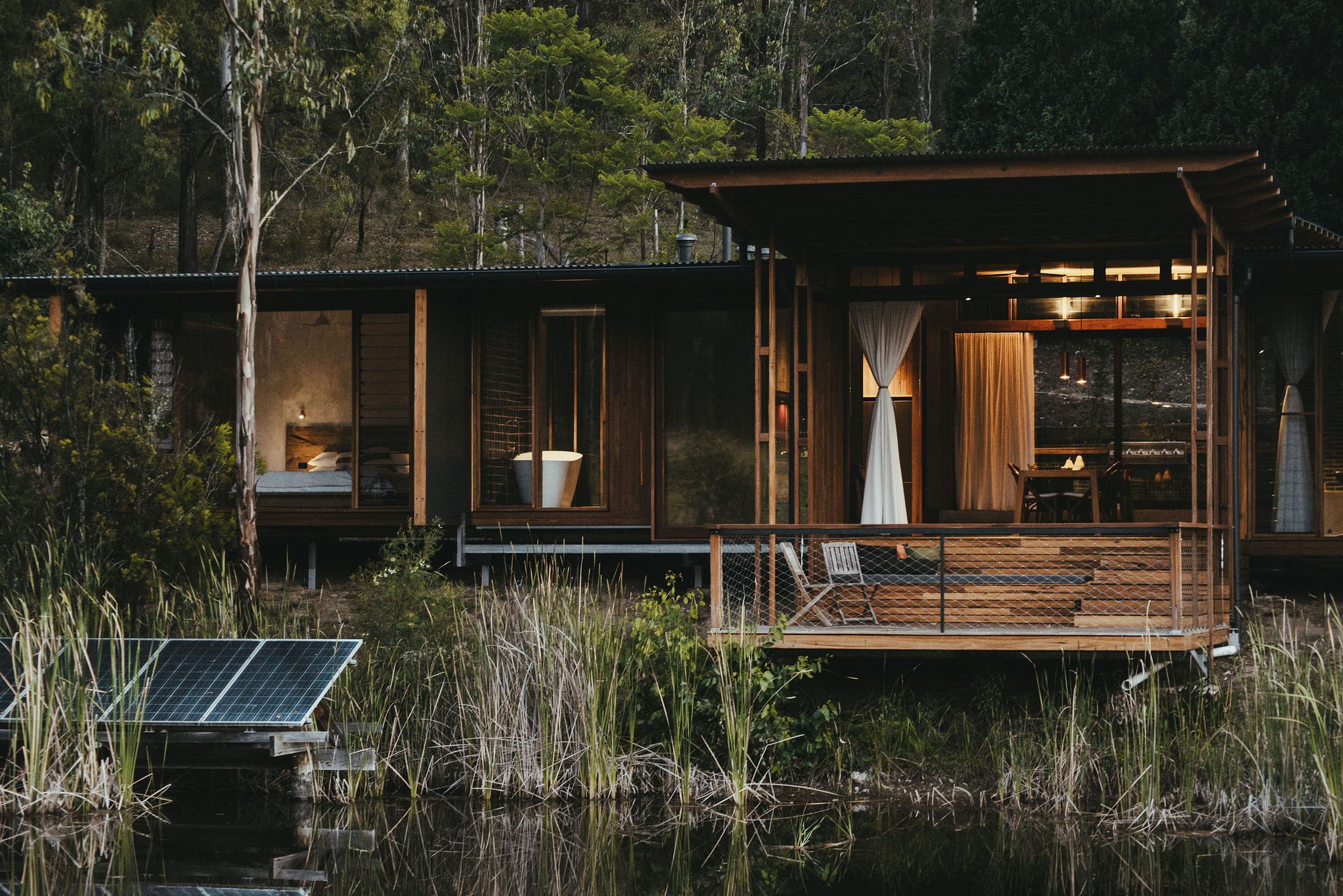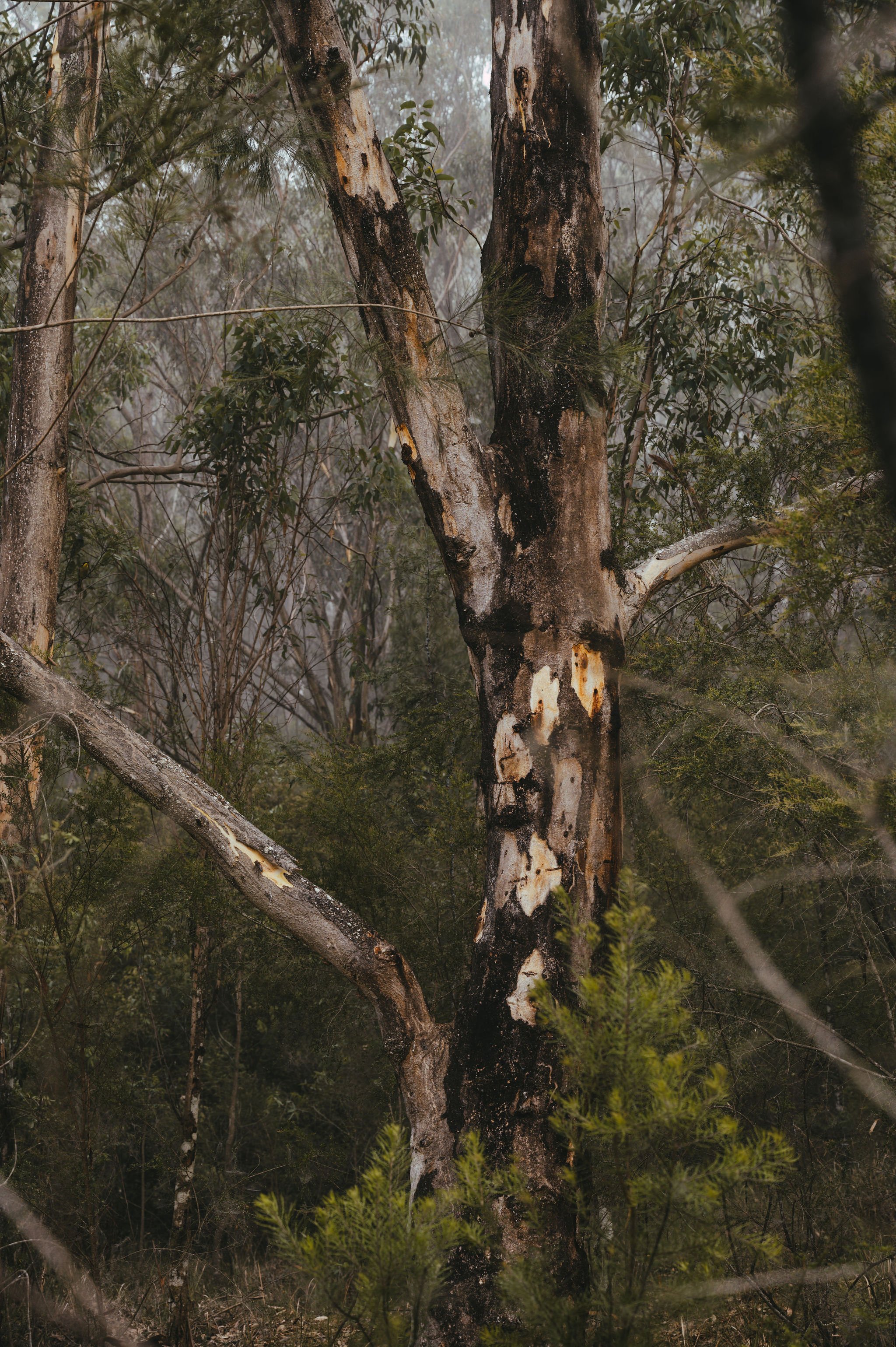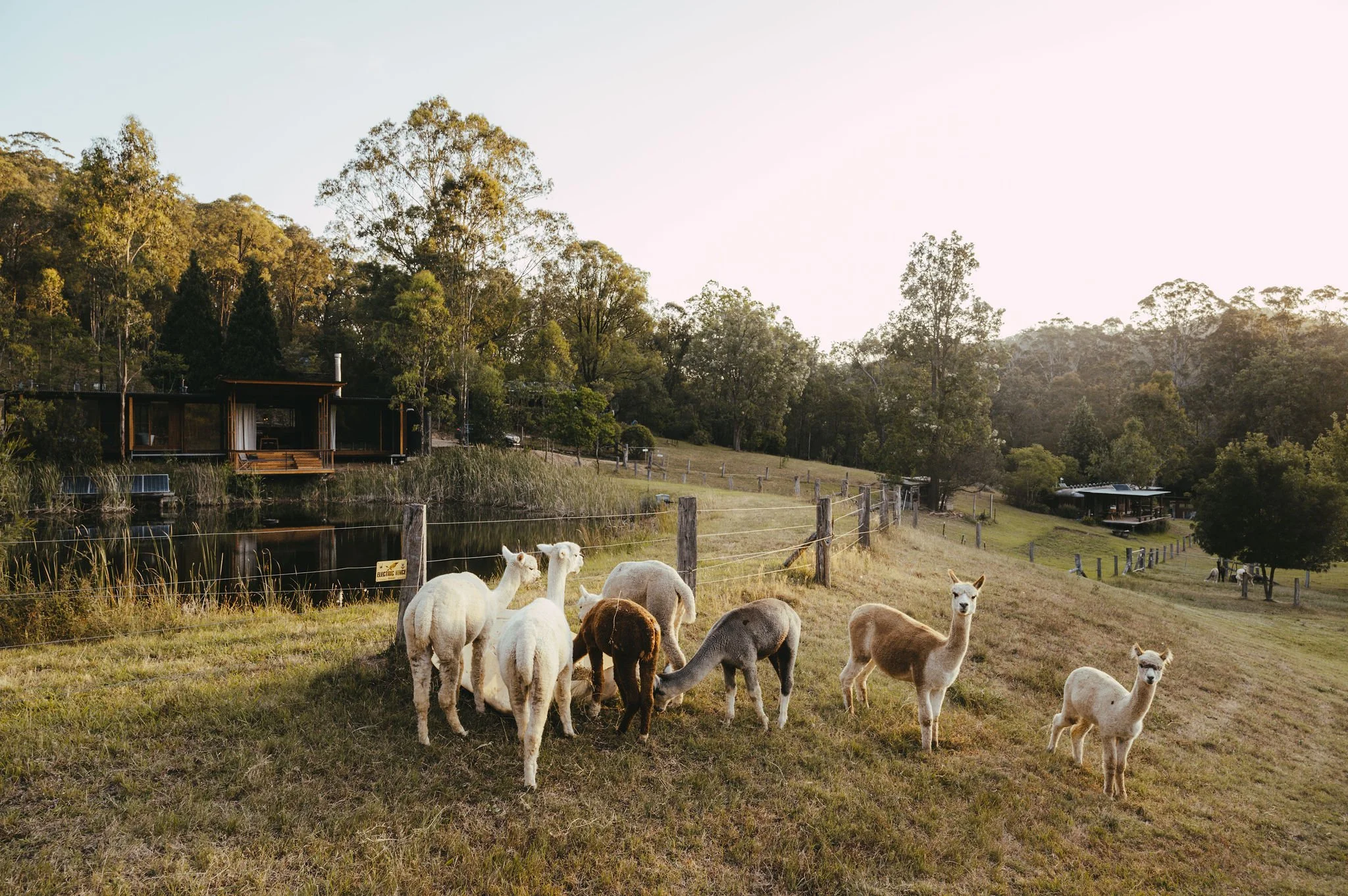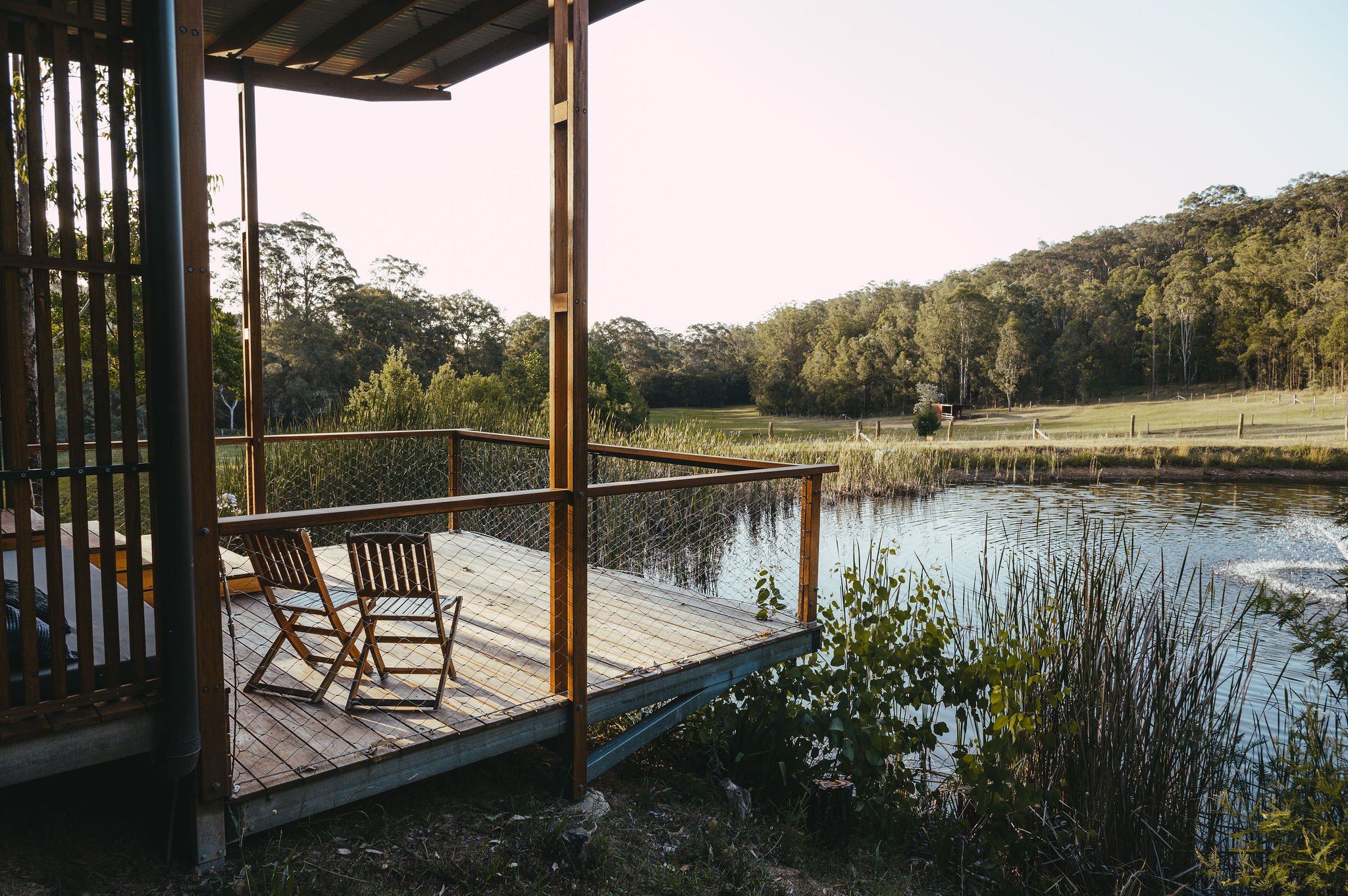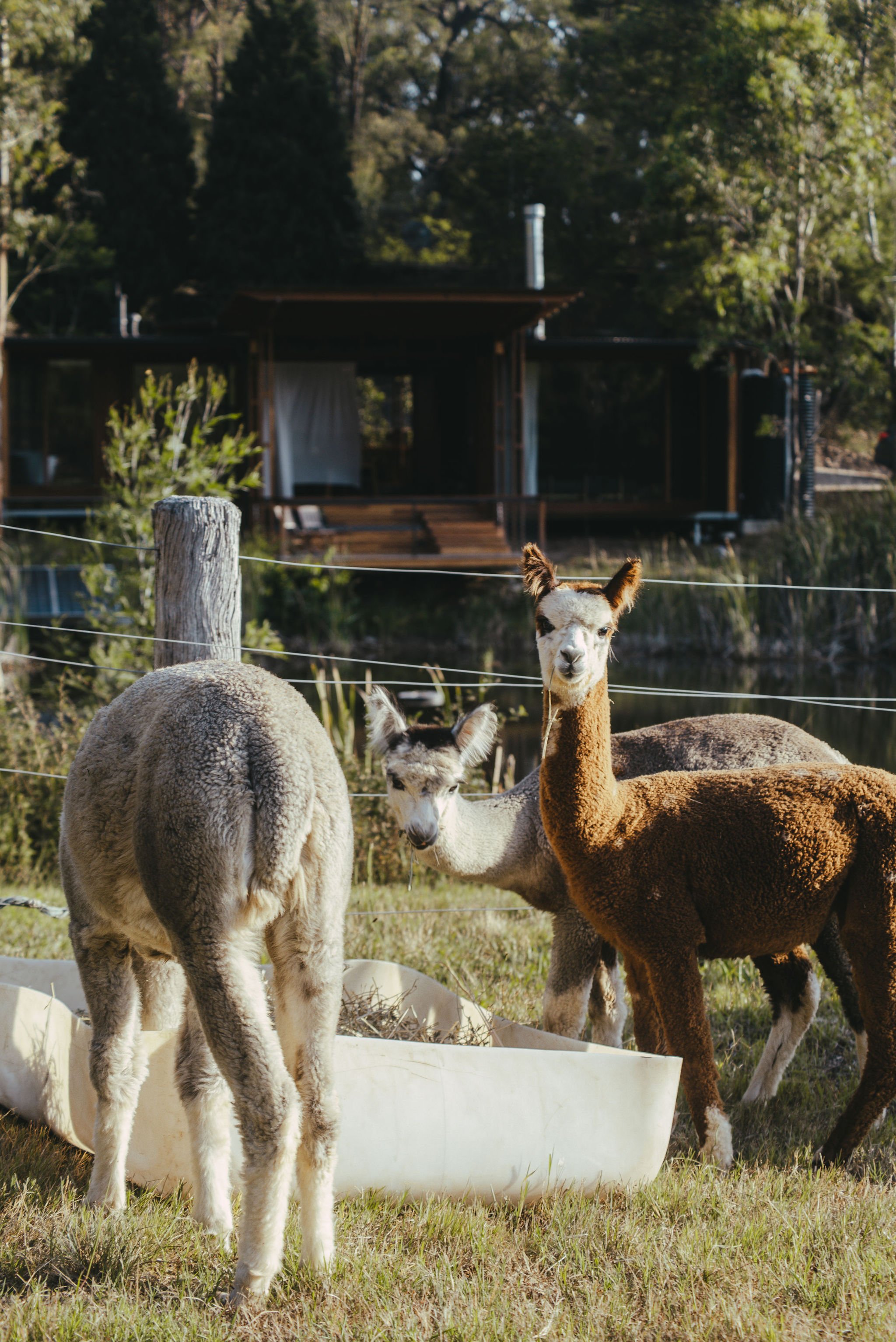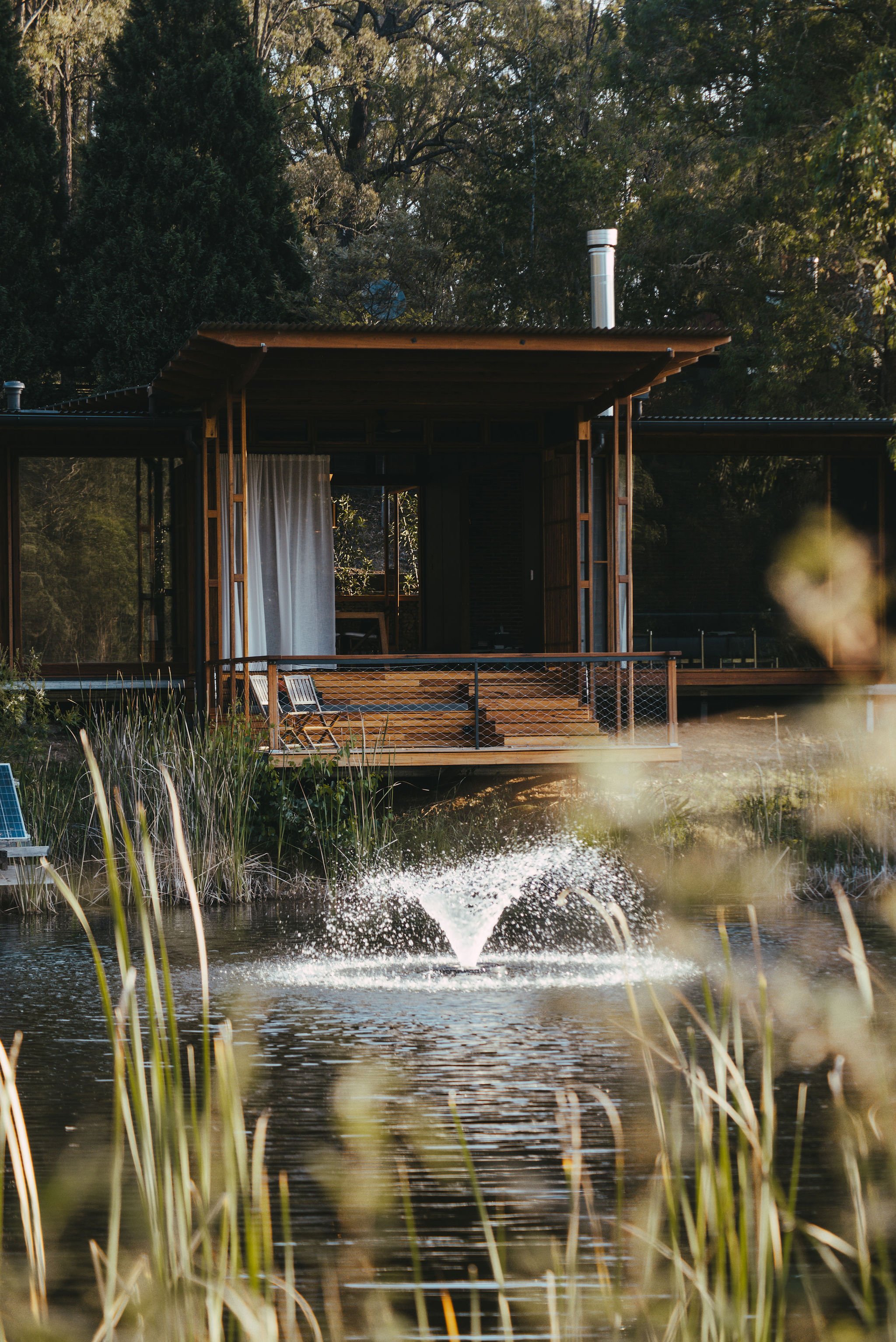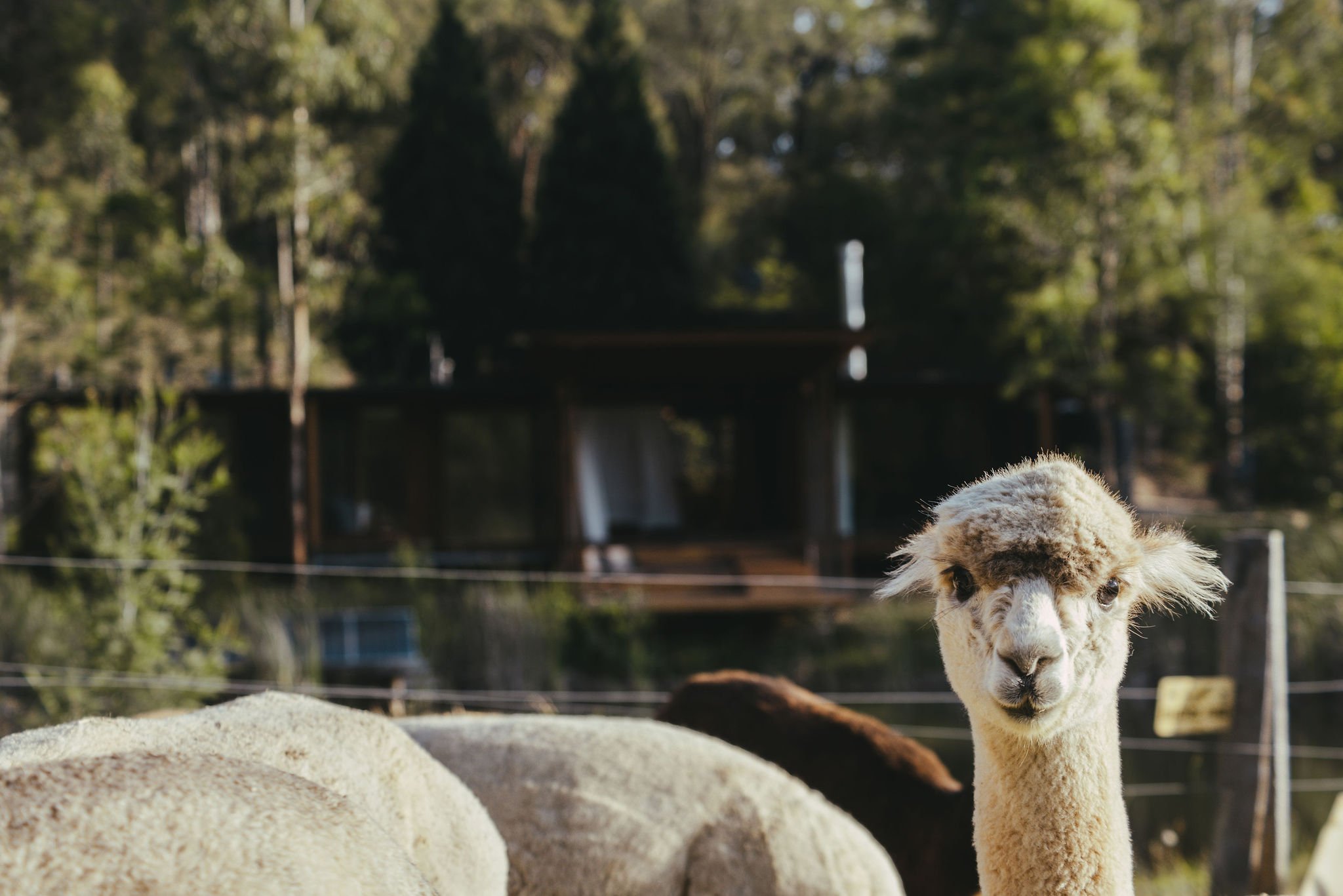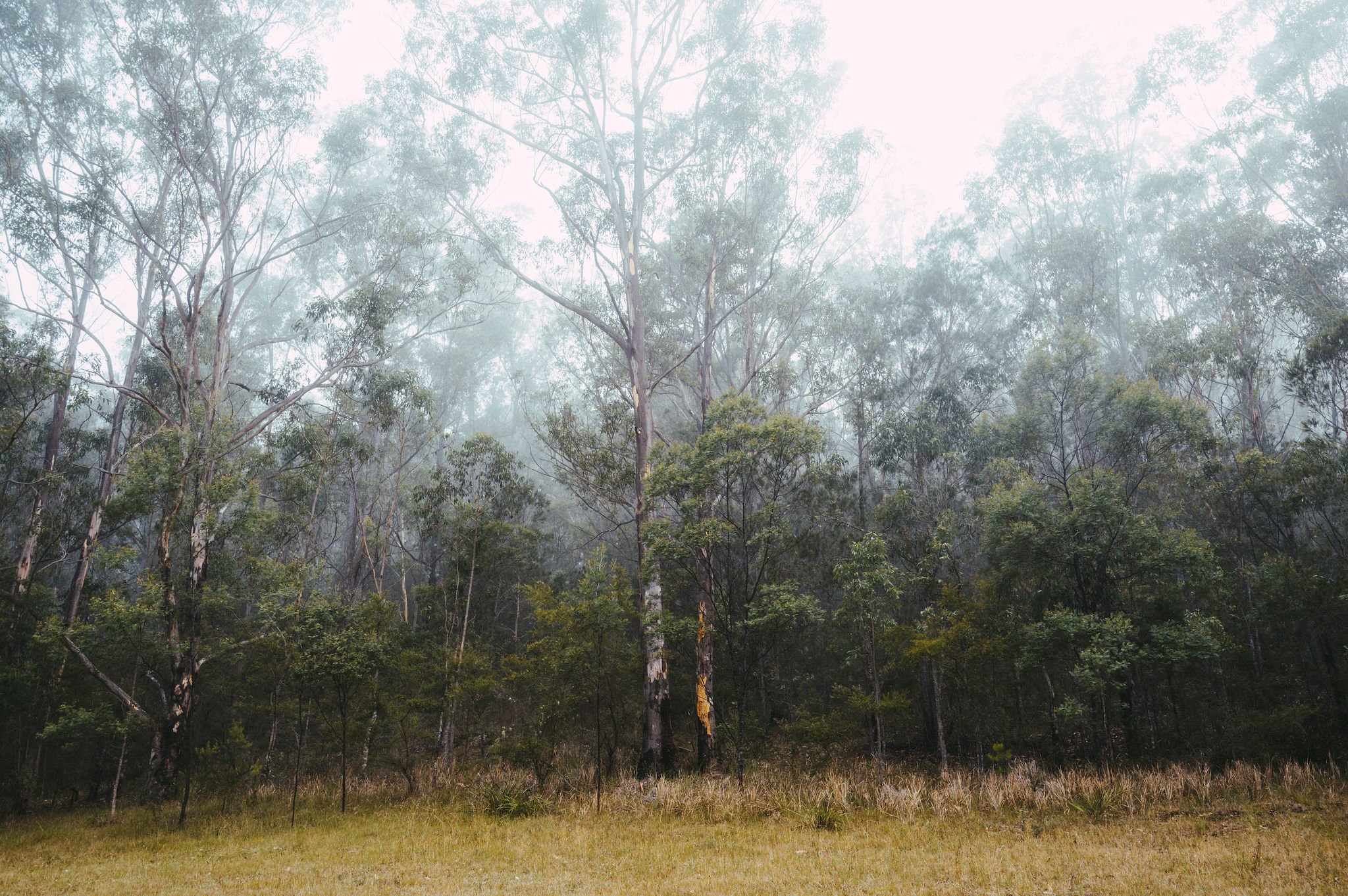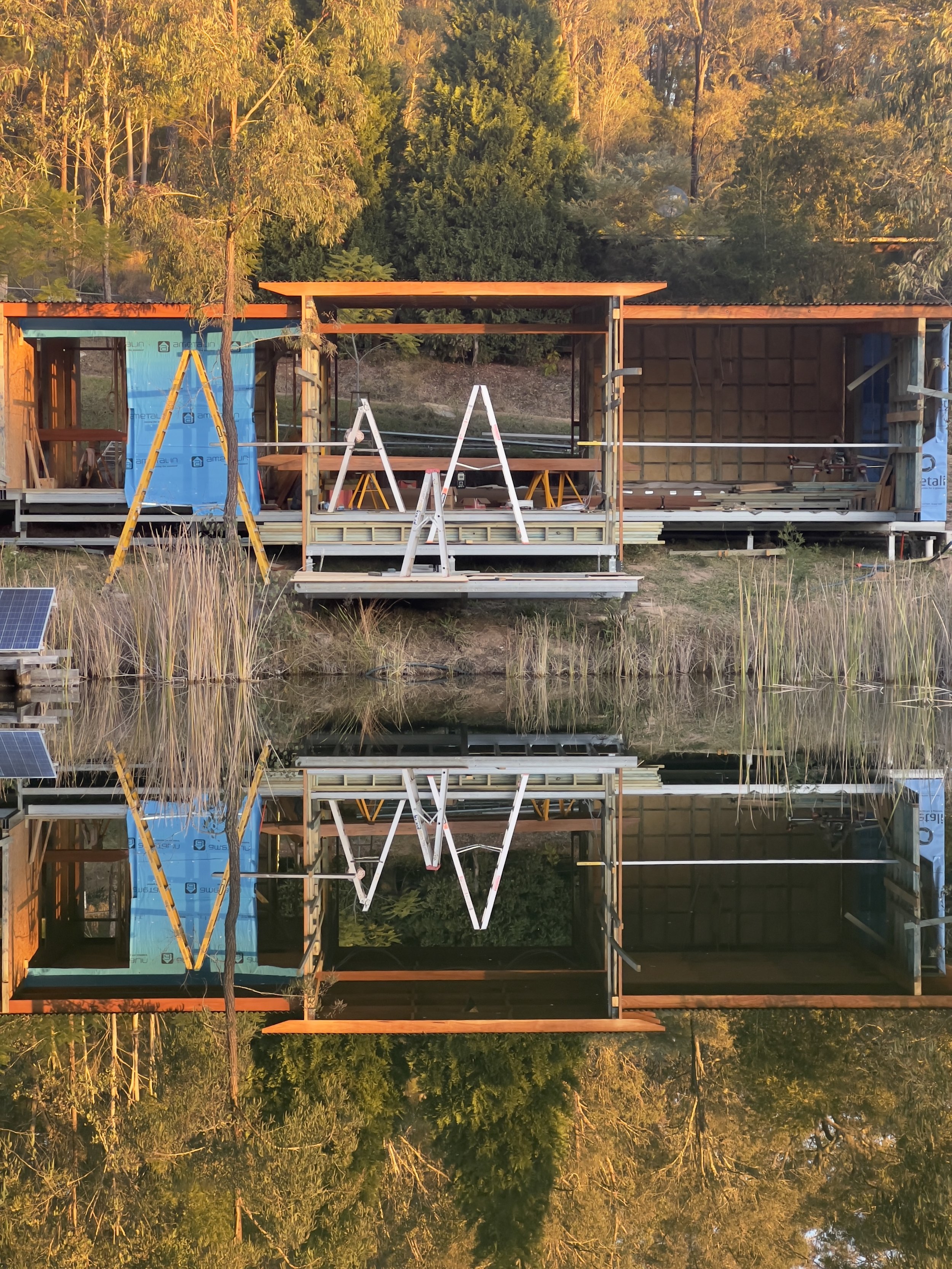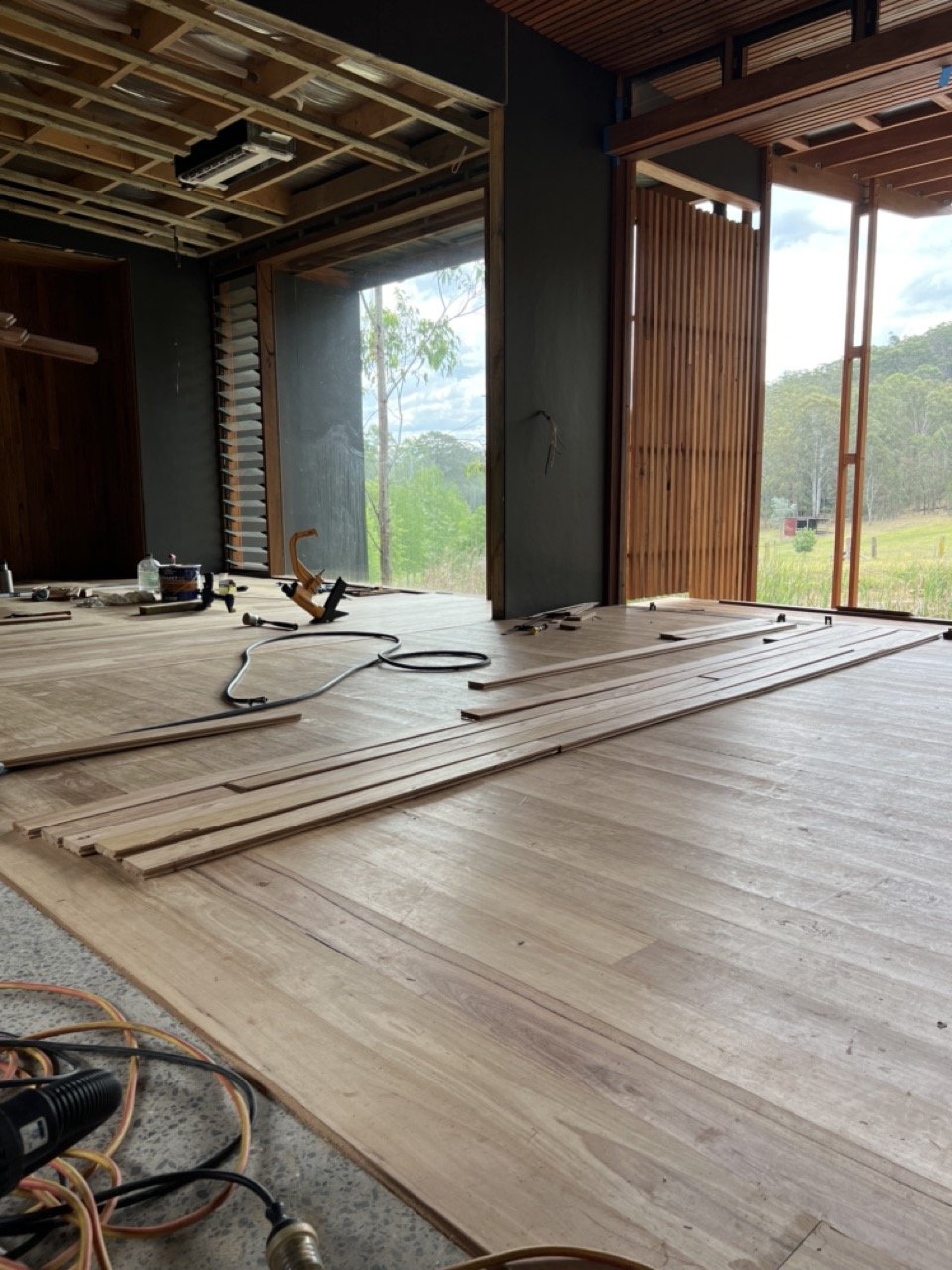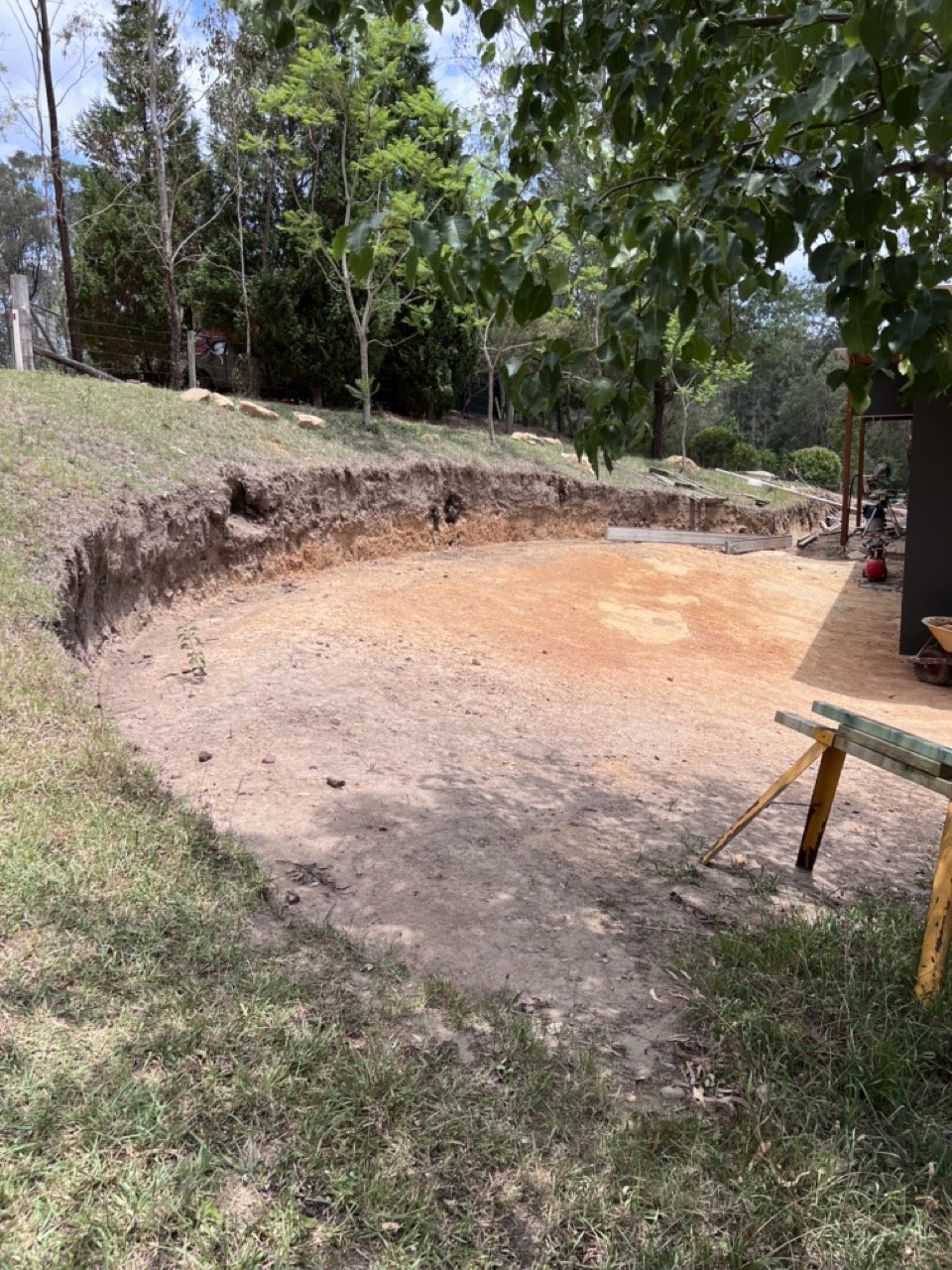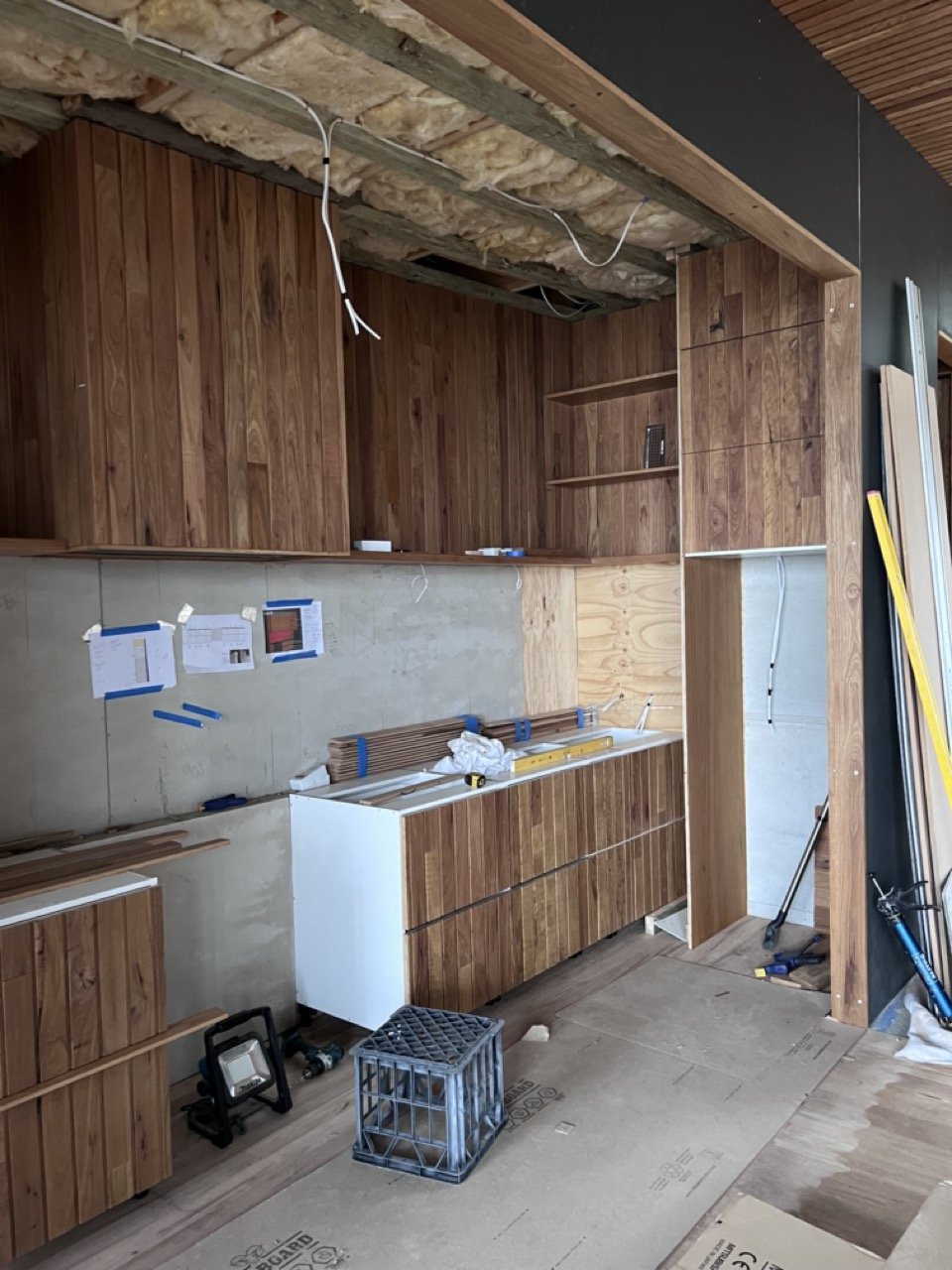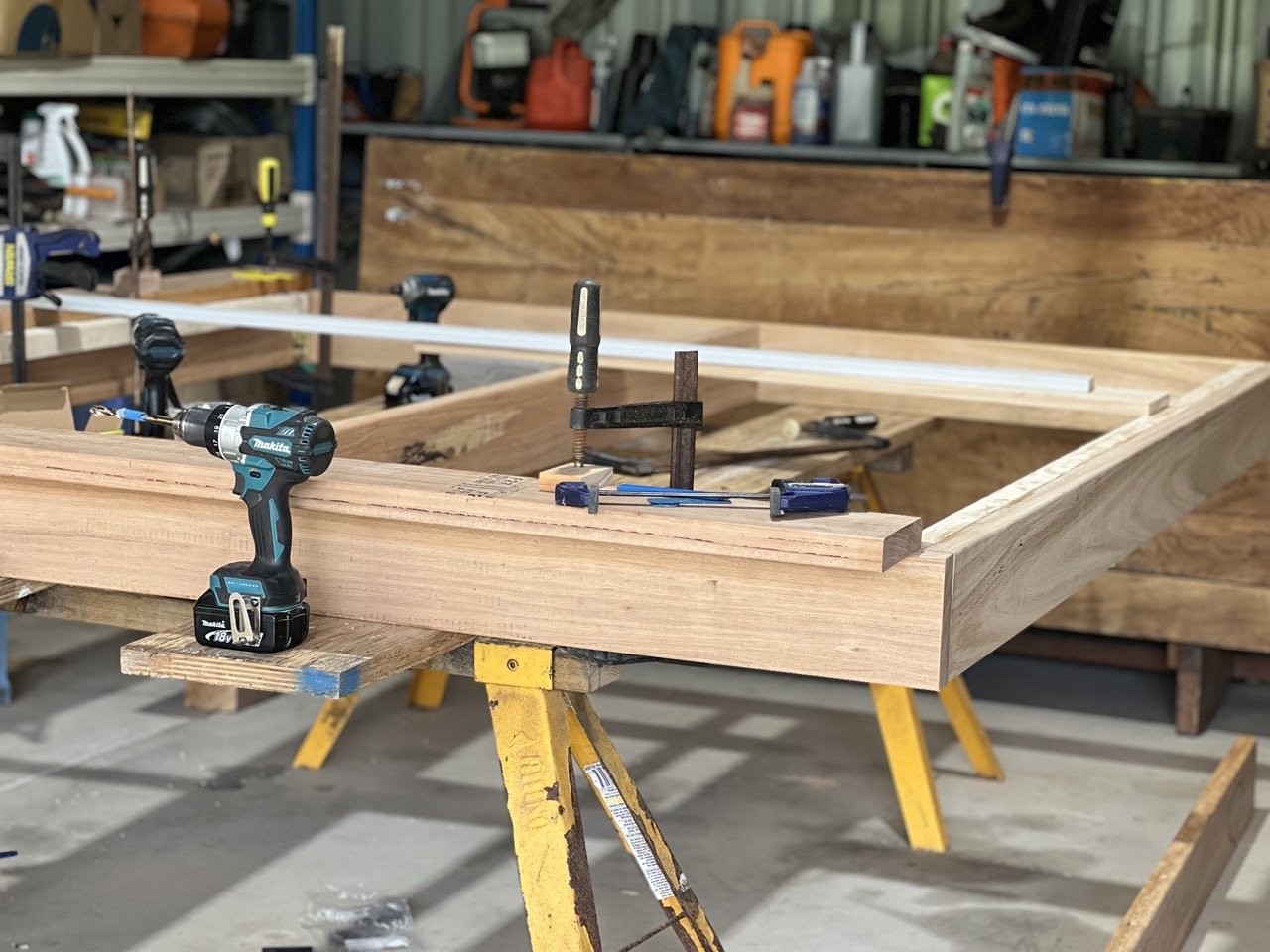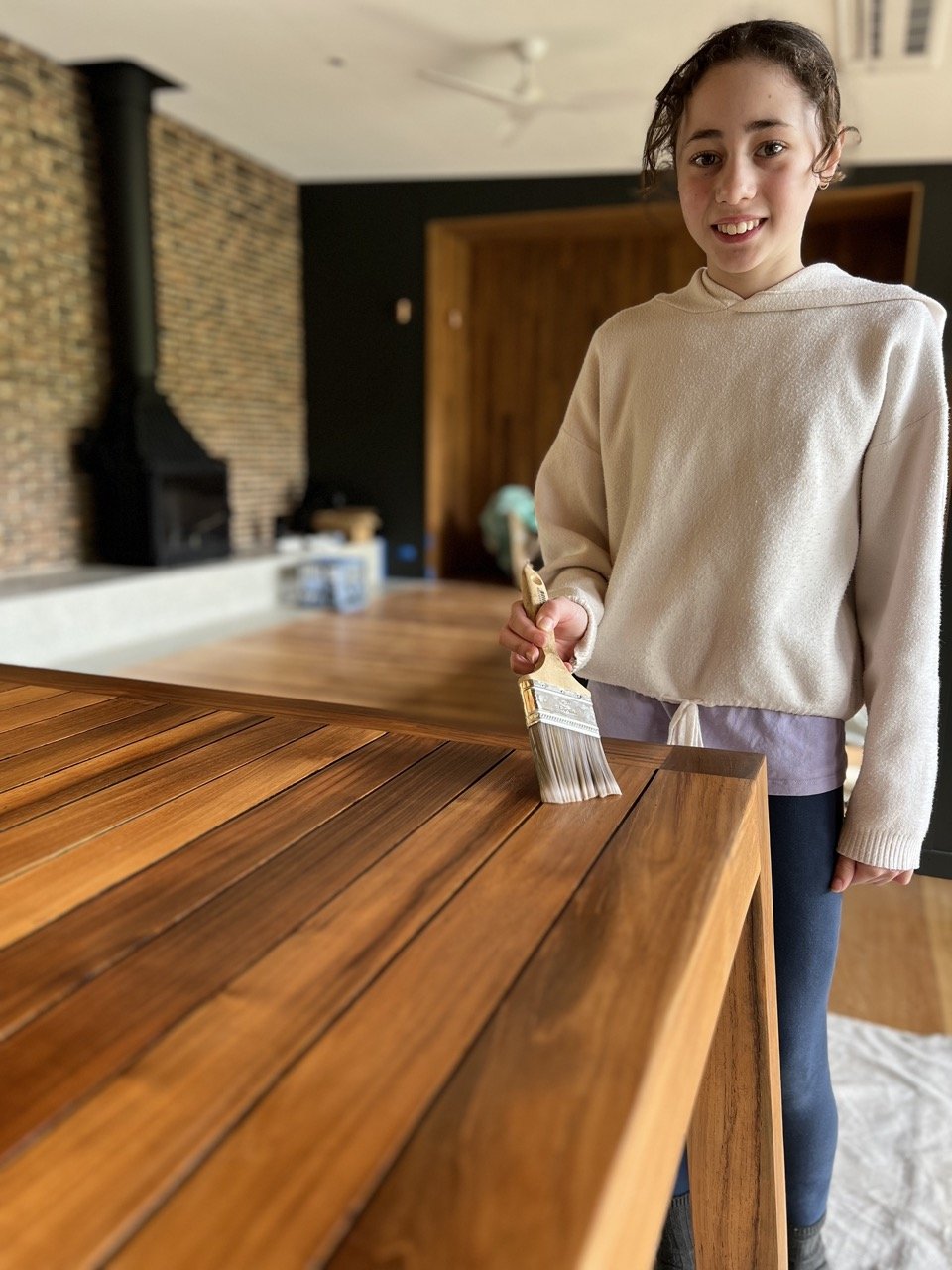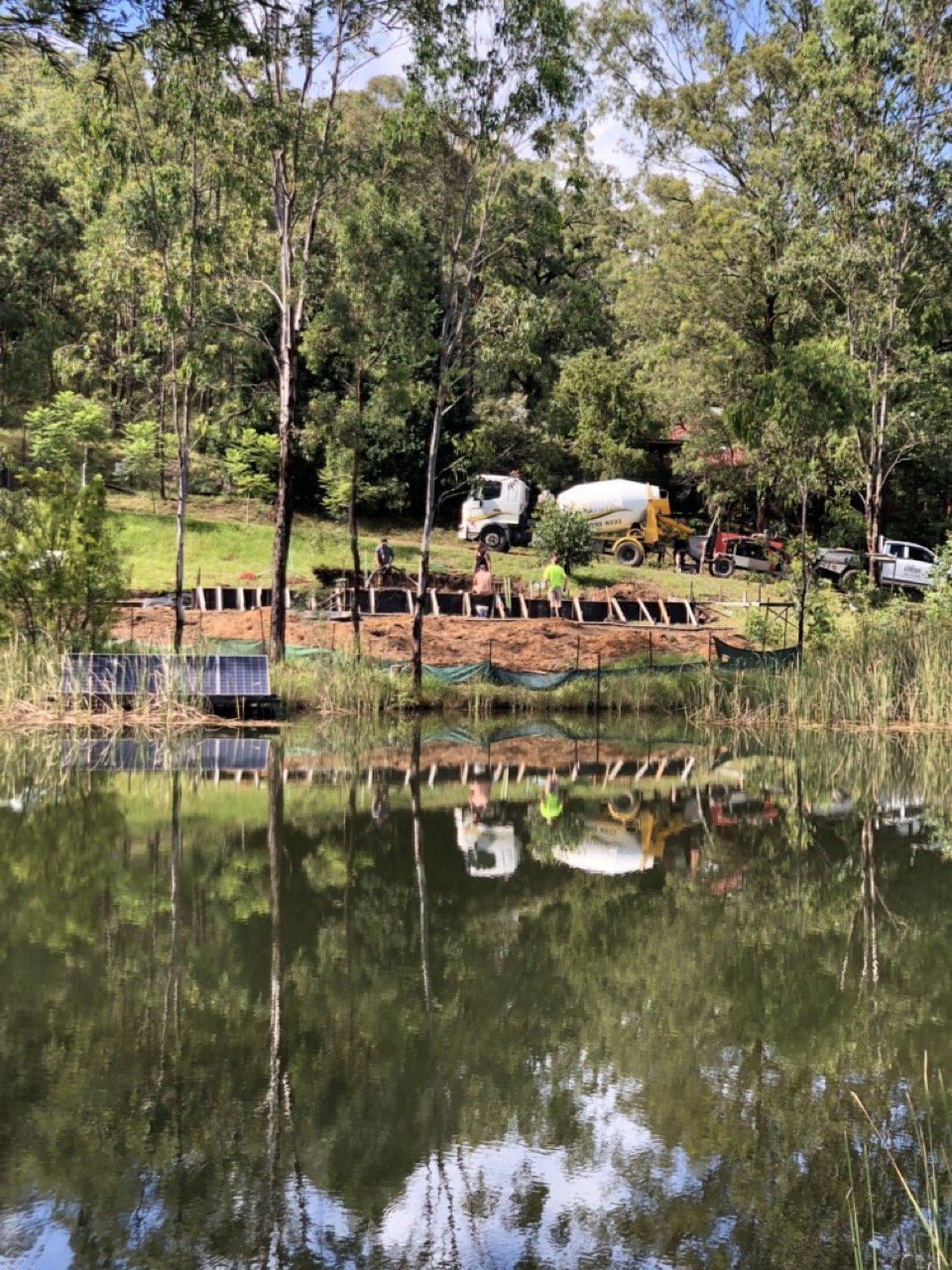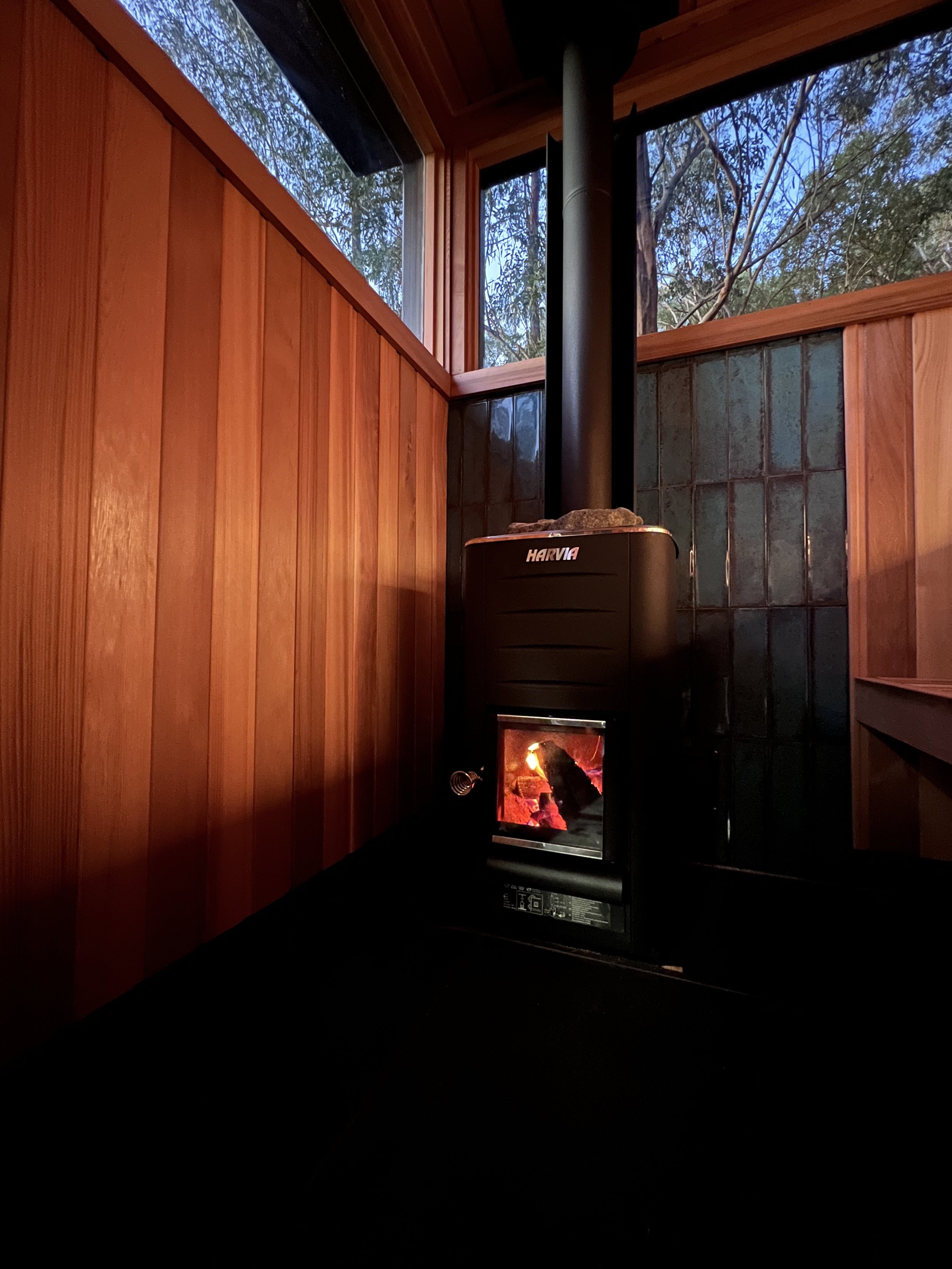Some information about Little Valley Farm alpaca farm in the Hunter Valley.
Little Valley Farm was established in 2012 by Euan and Daniela, who spent 15 years living and working overseas before relocating to the remote and historic Wollombi Valley in the Hunter region.
Initially, they focused on breeding white alpacas but have since transitioned to breeding coloured alpacas for natural yarn production.
As alpacas are known for being aloof, Daniela works patiently to build trust with each alpaca, ensuring they are friendly and confident with people.
Euan and Daniela both work full-time at Little Valley Farm, which is an operational farm that generates 100% of its income through on-farm activities. These activities include alpaca workshops, training sessions, yarn production, educational workshops, and farm stays.
100% handspun alpaca yarn by Little Valley Farm alpacas
The harvested alpaca fleece is transformed into skeins, yarn, pillows, and bed throws for their Little Valley summerhouse and to purchase online.
Alpaca throw handmade by In Her Quiet
They sell their alpaca yarn and fiber-milled yarn online, along with raw fleece, to crafters, spinners, and felters across Australia.
Alpaca education is central to their mission, and they have been conducting monthly workshops for new and potential alpaca owners since 2014.
Little Valley Farm offers aftercare and mentoring services, as well as visiting farms to assist with alpaca husbandry and alpaca infrastructure.
Daniela has a regular blog and YOUTUBE channel for all things related to alpacas.
Euan and Daniela have been featured in educational videos that raise awareness about preparing for fire and flood emergencies.
Daniela has appeared monthly on ABC 702AM radio with Simon Marnie, discussing and promoting agritourism across the Sydney basin from 2018 to 2024, encouraging people to visit and support local farmers.
They were nominated for the Best Unique Stay award with AirBNB for their glamping experience in a 1950s train carriage.
Euan and Daniela are renowned for their outstanding hospitality at the summerhouse and the vintage train carriage, making it a genuinely inviting destination.
Australian Mansion Air EMD artists filmed their "MORE" video inside the train in 2019, and Bec and Bridges photographed the launch their Wedding Edit at the farm also.
They also have an adults-only accommodation for four, the "summerhouse," which Euan built over two years.
The Little Valley summerhouse has been featured in CO_architectural publications in 2024.
The summerhouse is fully booked throughout the year due to its popularity and the many returning guests, as Euan and Daniela have been hosting visitors for over a decade with their other cabins.
The farm is set in its valley, surrounded by pristine native bushland, including ironbark, grey gum Sclerophyll forest.
The surrounding bushland is home to native wildlife, including a family of wallaroos, wombats, lyrebirds, and other species.
In collaboration with local authorities and RFS Hotspots, Little Valley Farm hosted a cool burn workshop during the cooler season to demonstrate the principles of mosaic cool burning.
Open to the public through monthly alpaca workshops and scheduled open days.
The farm is available for booking small events with a maximum of 8 adults.
Little Valley Farm regularly offers subscriptions via its website for events, stays, new product launches, and farm updates.


